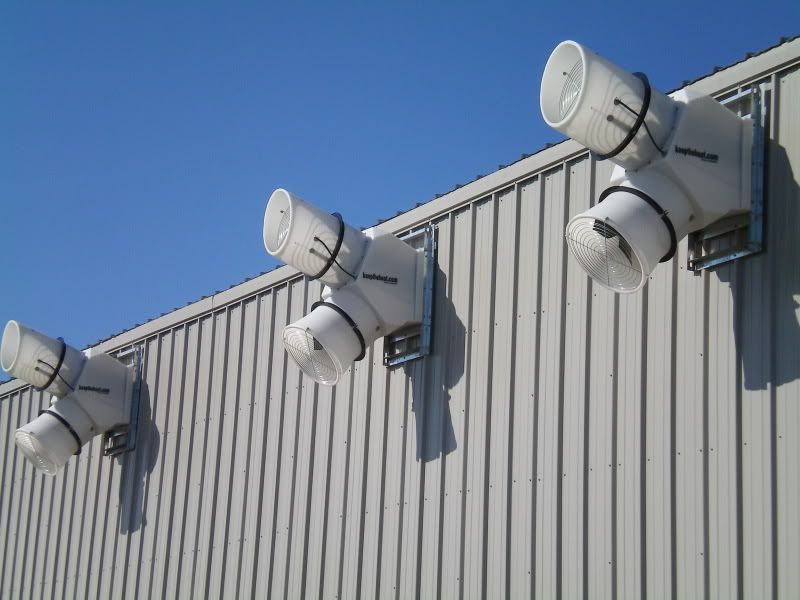If anyone has not seen these units before, they use corrugated plastic pipe for the heat exchange area and work on the theory of displacement ventilation. (supply a smaller amount of air at low velocity at or near floor level and "push" the contaminated air up and into the exhaust). Thats a quick explanation anyway.
These units are 2000cfm each and with an outdoor ambient of -25deg and a ceiling temperature of 75deg, they will supply air out the 4" vents at around 70-71deg.
![Image]()
![Image]()
![Image]()
![Image]()
![Image]()
![Image]()
![Image]()
![Image]()
These units are 2000cfm each and with an outdoor ambient of -25deg and a ceiling temperature of 75deg, they will supply air out the 4" vents at around 70-71deg.












